Description
Long Description:
A keypad is an input device commonly used in electronics and embedded systems, designed to allow users to enter numerical or alphanumeric data. Keypads typically come in a matrix configuration, with the most common types being 4×4 (16 keys) or 4×3 (12 keys) layouts. These arrangements allow for efficient detection of key presses using a minimal number of wires.
Operating at a voltage range of 3V to 5V, keypads can easily integrate with a variety of microcontroller platforms, including Arduino and Raspberry Pi. The keypad uses a matrix arrangement, where rows and columns are connected in such a way that only one signal is sent for each key press. This reduces the number of required input/output pins on the microcontroller, allowing for greater flexibility in circuit design.
When a key is pressed, it completes a circuit between the corresponding row and column, enabling the microcontroller to detect which key has been activated. This digital output is usually managed through GPIO (General Purpose Input/Output) pins on the microcontroller, making the interface straightforward for developers.
Keypads are widely used in various applications, such as user input for electronics projects, access control systems, security systems, and devices that require user authentication or command input. Their simple design and functionality make them a popular choice for both hobbyist and professional projects.
In summary, the keypad is an essential component for user interaction in electronic devices. Its ease of use, efficiency in wiring, and versatility in application make it a valuable tool for developers looking to create user-friendly interfaces in their projects.


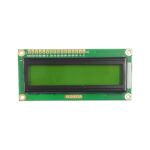


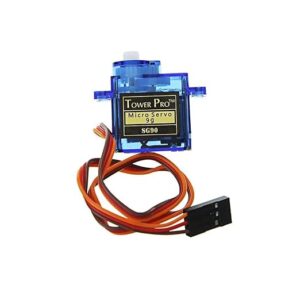
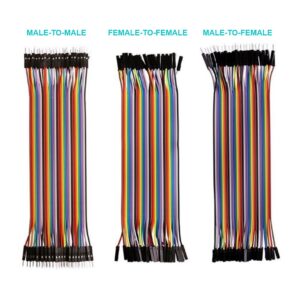
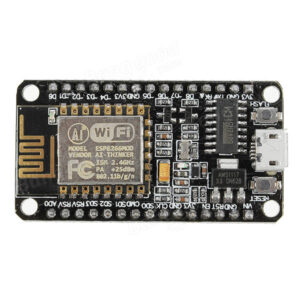
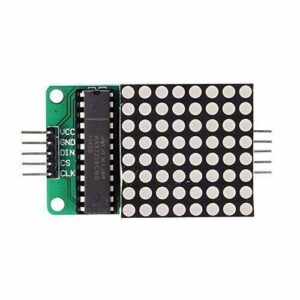
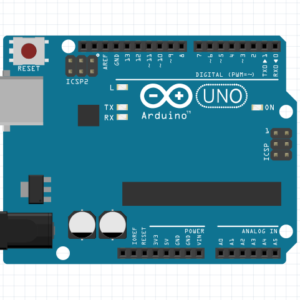 Arduino Uno
Arduino Uno
Reviews
There are no reviews yet.